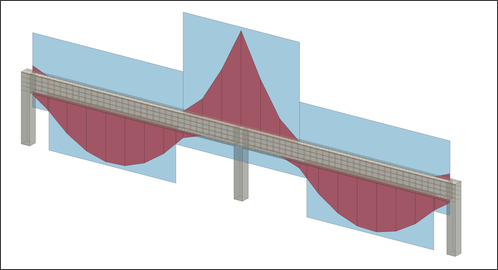


It is known that construction projects often run overtime and over budget and one of the reasons is lack of accuracy in quantity takeoff and estimates. With BIM quantity take-off can be conducted almost automatically given that the type of materials, their quantity and price is included in the model. Many programs have been developed to aid in the efficiency of these processes. Experienced estimators have developed procedures to help them quantify their work. Estimators review drawings, specifications and models to find these quantities. These measurements are used to format a bid on the scope of construction. The level of detail required for measurement may vary. This process includes breaking the project down into smaller and more manageable units that are easier to measure or estimate.

They are developed by an estimator during the pre-construction phase. Quantity take-offs (QTO) are a detailed measurement of materials and labor needed to complete a construction project. Please introduce links to this page from related articles try the Find link tool for suggestions. This article is an orphan, as no other articles link to it.


 0 kommentar(er)
0 kommentar(er)
